Money
Remittance, tourism drive economy. Other sectors lag
Nepal’s 3 external indicators—foreign exchange reserves, remittances, and tourism earnings—all hit historic highs.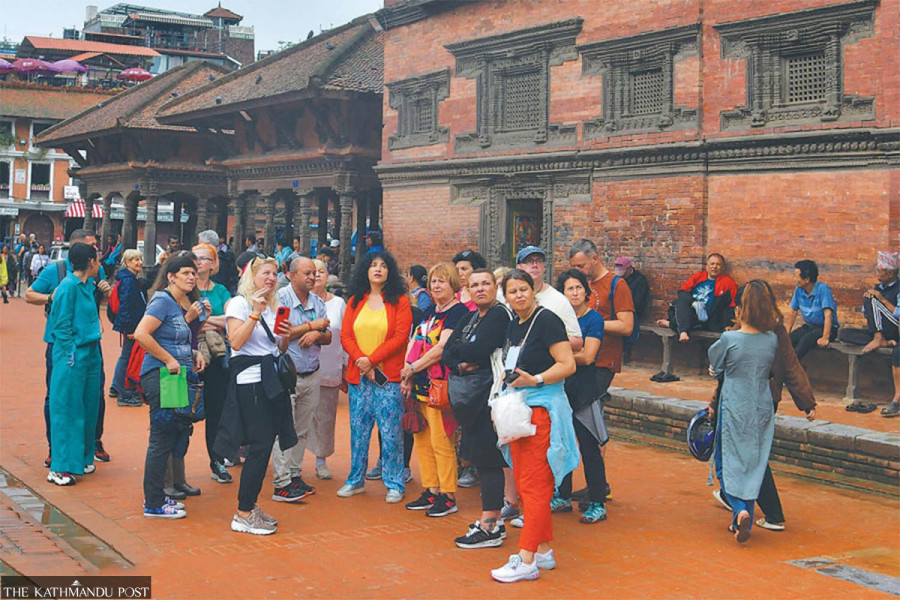
Sangam Prasain
Despite slowed economic growth, Nepal’s external sector appears stronger than ever, thanks to remittances, tourism and the appreciation of the US dollar.
Nepal’s three external indicators—foreign exchange reserve, remittance earnings, and tourism income, which represent all international economic transactions between residents of the country—reached a historic high in the last fiscal year that ended mid-July.
Conversely, the country’s statistical body, the National Statistics Office, has projected Nepal’s economic growth to be at a meagre 3.87 percent for 2023-24 due to the poor performance of the internal sector.
According to experts, the mismatch is due to political uncertainty and growing corruption, as the external sector's growth did not support the internal sector.
“It’s good that tourism income has grown. This will generate jobs,” said Nara Bahadur Thapa, former executive director at Nepal Rastra Bank, the country’s central bank.
“But at the same time, growing remittance earnings means no job prospects at home. But the money sent by migrant workers has boosted foreign exchange reserves to an all-time high.”
Though Nepal is in a remittance trap, the country could turn this into an opportunity by investing in the real sector.
“The best option to channel remittances is to bring the private sector on board for investment in the productive sector,” said Thapa.
Experts said that since the interest rate on credit has dropped significantly due to the huge amount of liquidity, investment is all that the country needs now.
In the last fiscal year, Nepal’s gross foreign exchange reserves increased 32.6 percent to Rs2.04 trillion, a historic high. According to experts, such a trend in a least-developed country indicates no investment.
According to the central bank report released on Sunday, remittance inflows increased 16.5 percent to Rs1.44 trillion in the last fiscal year, the highest amount on record.
The remittances have been increasing because youth are leaving.
In the last fiscal year, foreign employment permits were issued for 741,302 individuals (460,103 first-time and 281,199 renewed).
The number is a slight reduction from 774,976 in the previous fiscal year.
Under the service account, travel income, or expenditure made by foreign tourists, increased 32.1 percent to Rs82.33 billion in the review year, the highest revenue on record. The total number of tourist arrivals increased to 1.12 million in the last fiscal year from 862,992 in the previous fiscal year.
The balance of payments remained at a surplus of Rs502.49 billion in the review year.
With the upbeat external sector, the internal sector has remained dismal.
“This is because the private sector investment has been shrinking for the last two years,” said Chandra Dhakal, president of the Federation of Nepalese Chambers of Commerce and Industry, the apex private sector body. He was speaking at an interaction in Kathmandu on Sunday.
“As Nepal’s industrial capacity is under 40 percent. The private sector investment that contributes 86 percent to the economy has shrunk. This will naturally not generate employment opportunities.”
He said that the demand for workers has boomed in the country, where the private sector has thrived.
The World Bank said in its recent report that frequent political changes, a significant drag on businesses for over a decade, have dampened private investment. Thriving corruption and lack of accountability have stalled growth and forced tens of thousands of young Nepalis to try their luck abroad.
Thapa, a former official at the central bank, said that with billions of dollars in the banks, the incumbent government has an opportunity to take advantage of it.
Nepal is currently ruled by an unusual coalition of the two largest parties and this brings both challenges and opportunities.
“The government has to facilitate the private sector. It has to ask the private sector to bring forward ready-to-invest projects,” said Thapa.
The capital market is gaining momentum.
“Through initial public offerings (IPOs) and follow-on public offers (FPOs), the government can facilitate raising money and enable the private sector to invest in the productive sectors that create jobs,” said Thapa.
However, political wrangling has paralysed the country.
The Securities Board of Nepal (SEBON) and Nepal Tourism Board have been headless for months.
Nepal Electricity Authority has yet to open the door for signing the power purchase agreement with the big developers even though the country has huge loanable funds.
“The government and the private sector both have to invest,” said Dhakal. “For every rupee the government spends, the private sector has been spending Rs5.”
Economists say that the government’s capital injection into the economy would encourage the private sector to pump the investment.
Over the years, private investment has remained sluggish. For example, the import restriction imposed by the government two years ago discouraged the private sector from spending, decreasing capital in the market and intermediate goods imports.
As a result, public consumption and investment contracted, ultimately impacting the government’s revenue collection.
Economists and statisticians say Nepal, which is set to graduate from the least developed countries by 2026, does not have the environment to achieve double-digit economic growth in the immediate future due to low investment from the government and the private sector.
The country’s statistical office recently said that, given the ongoing investment, Nepal’s growth rate will neither slow down nor grow. It will remain static.
According to economists, everything from wages to business growth and social security to other state benefits will remain static, which will encourage youth to try their luck abroad.




 7.12°C Kathmandu
7.12°C Kathmandu
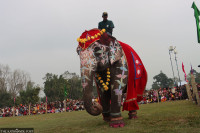
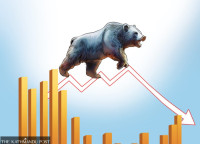



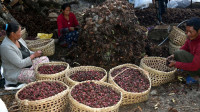

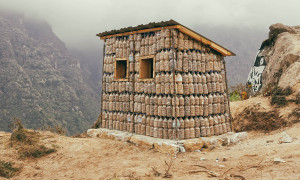

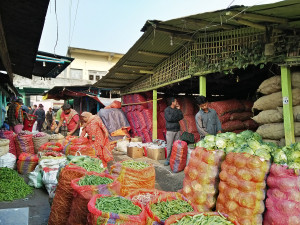
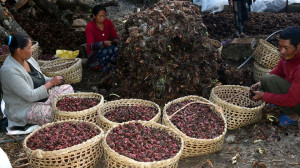


%20(1).jpg&w=300&height=200)
